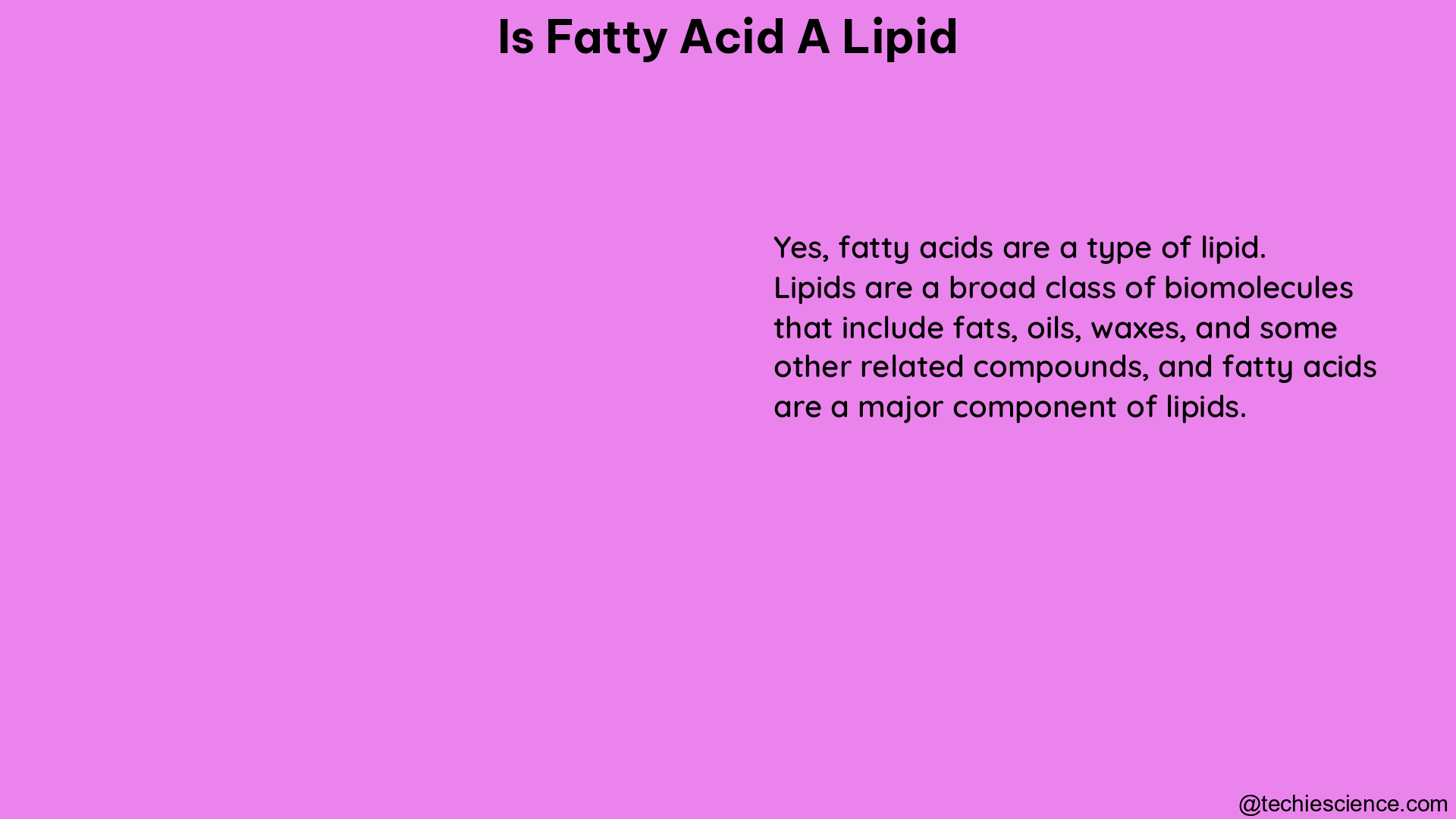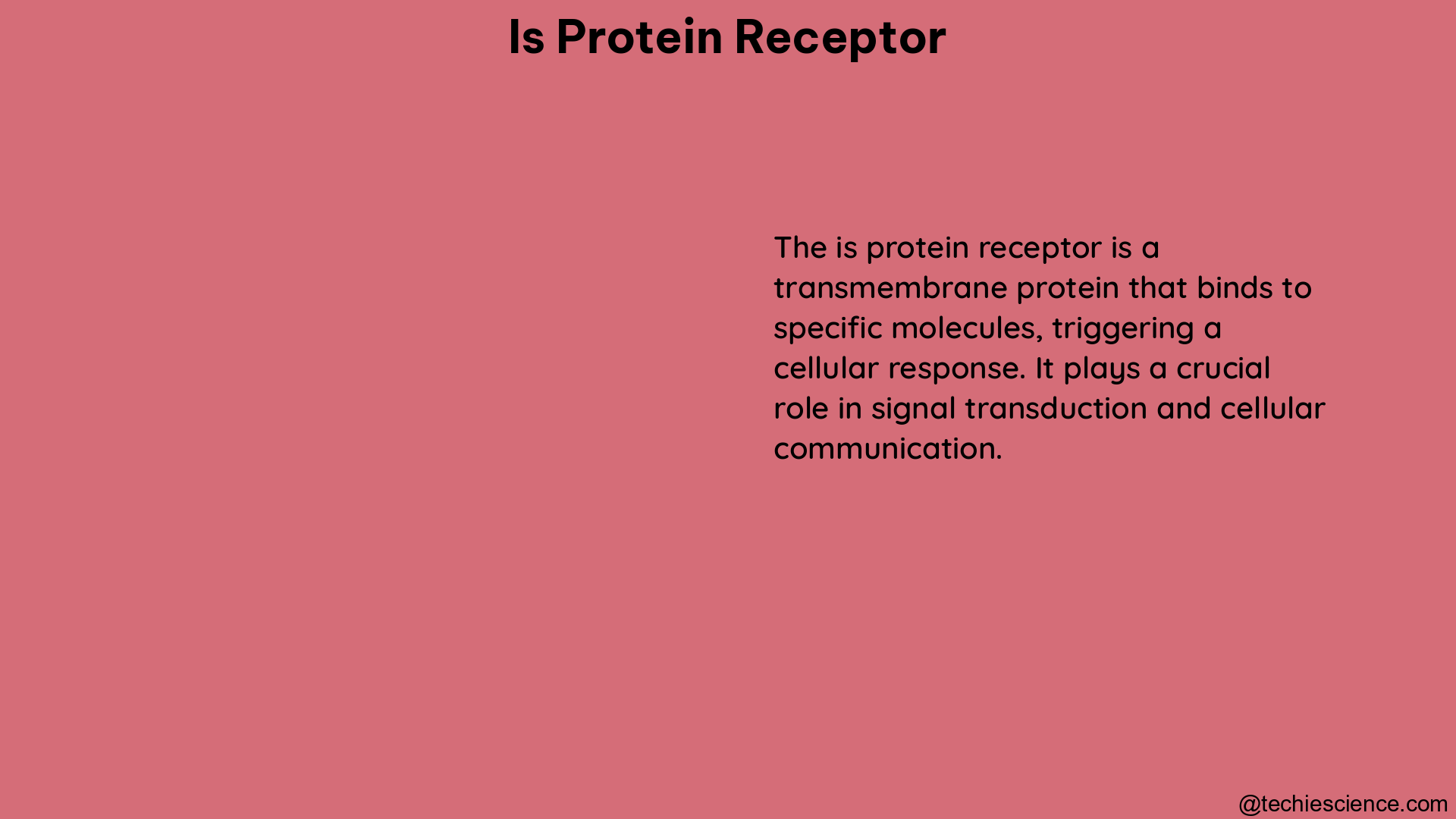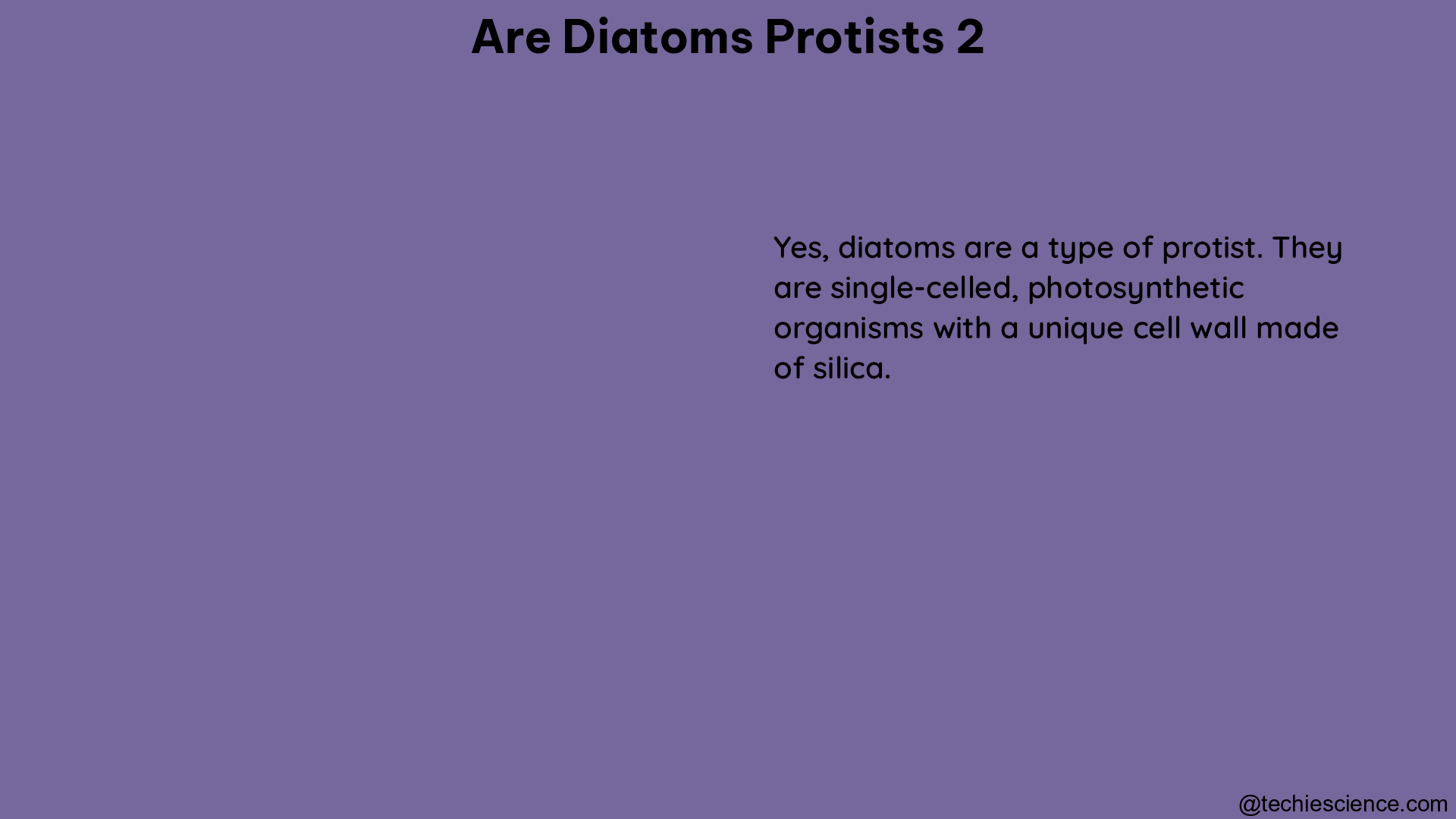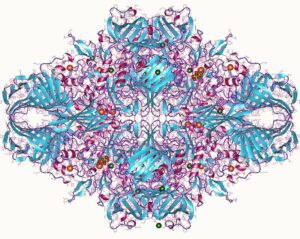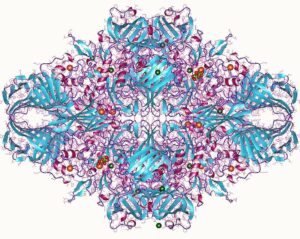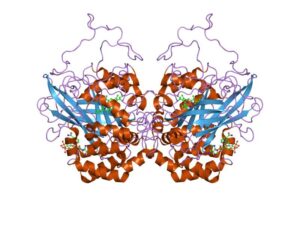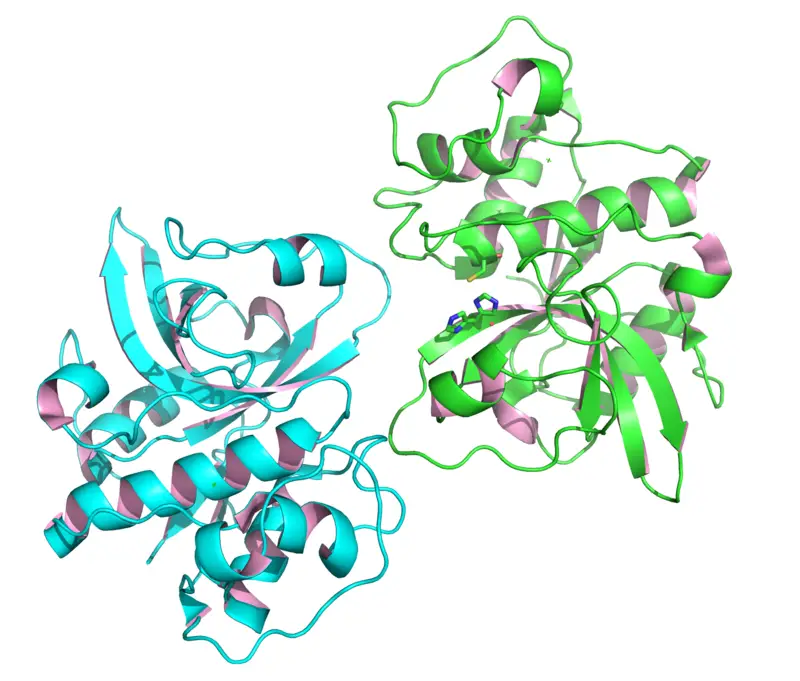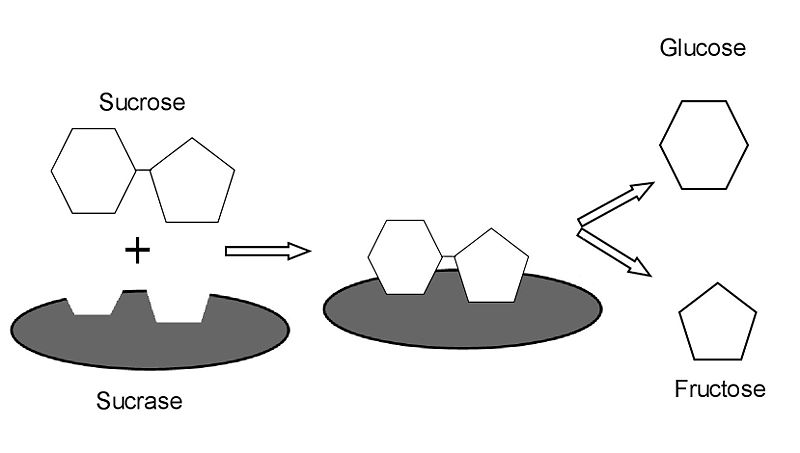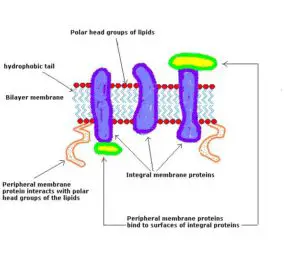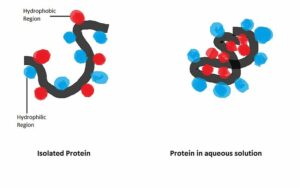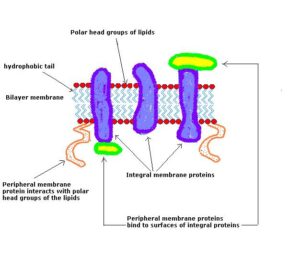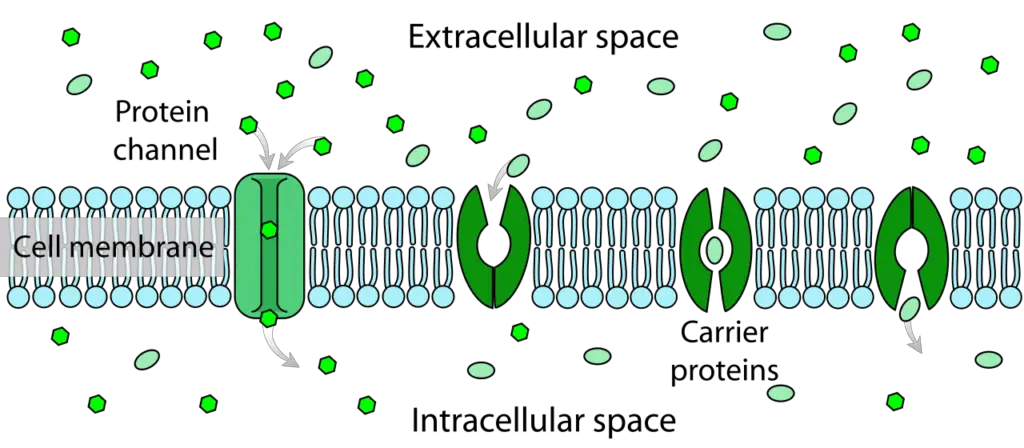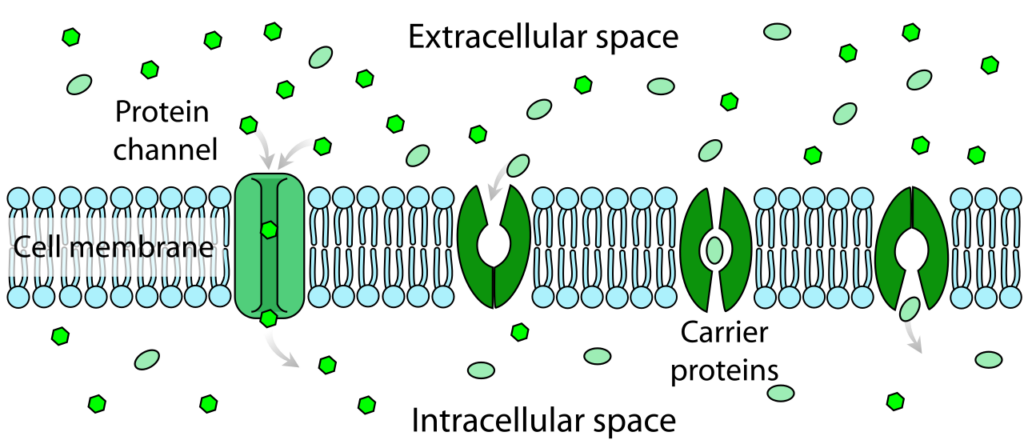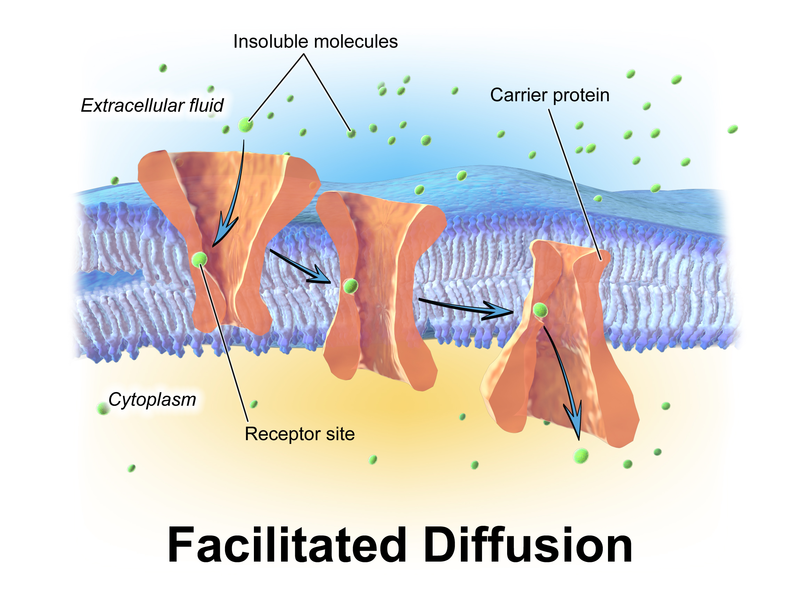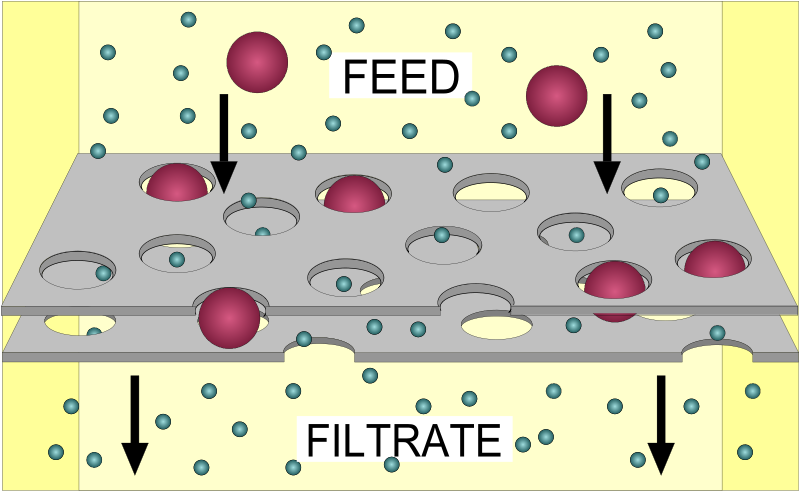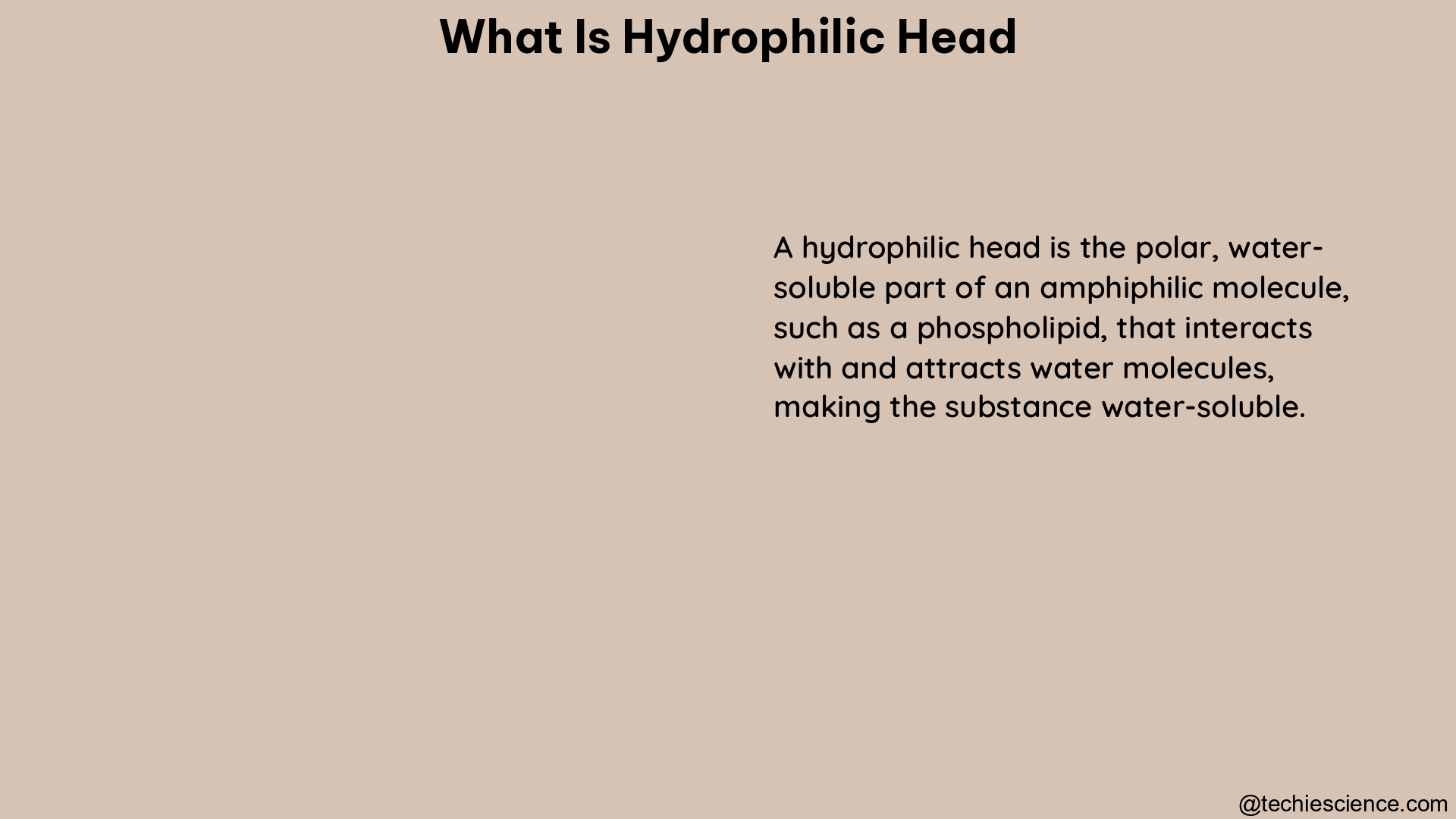Meiosis is a fundamental cellular process that occurs in the sex cells (gametes) of eukaryotic organisms, including humans. This specialized type of cell division is responsible for reducing the chromosome count from diploid (two sets of chromosomes) to haploid (one set of chromosomes) in the resulting gametes. The intricate choreography of meiosis ensures the proper segregation of chromosomes and the creation of genetically diverse offspring.
The Stages of Meiosis
Meiosis is a complex process that can be divided into two distinct phases: meiosis I and meiosis II. Each phase consists of several distinct stages, during which the chromosomes undergo a series of transformations and movements.
Meiosis I
-
Prophase I: During this stage, the homologous chromosomes (pairs of chromosomes with the same genetic information) pair up and undergo a process called crossing over. This involves the exchange of genetic material between the homologous chromosomes, creating new combinations of alleles. The paired chromosomes, known as bivalents or tetrads, condense and become visible under a microscope.
-
Metaphase I: The bivalents align along the center of the cell, known as the metaphase plate, in preparation for the first cell division.
-
Anaphase I: The homologous chromosomes separate and move towards opposite poles of the cell, ensuring that each daughter cell will receive one member of each homologous pair.
-
Telophase I: The cell divides, resulting in two haploid daughter cells, each with a complete set of chromosomes.
Meiosis II
-
Prophase II: The chromosomes in the two haploid daughter cells condense and the spindle apparatus forms.
-
Metaphase II: The chromosomes align along the metaphase plate of each daughter cell.
-
Anaphase II: The sister chromatids of each chromosome separate and move towards opposite poles of the cell.
-
Telophase II: The cell divides again, resulting in four haploid daughter cells, each with a unique genetic composition.
The Importance of Meiosis in Chromosomes

Meiosis plays a crucial role in maintaining the proper chromosome count in eukaryotic organisms. Here are some key reasons why meiosis is essential for chromosomal integrity:
-
Chromosome Reduction: Meiosis reduces the chromosome count from diploid to haploid, ensuring that the resulting gametes (sperm or eggs) have the correct number of chromosomes. This is essential for sexual reproduction, as the fusion of a sperm and an egg during fertilization restores the diploid chromosome count in the zygote.
-
Genetic Diversity: The process of crossing over during meiosis I and the random assortment of chromosomes during meiosis I and II create a vast array of genetic combinations in the resulting gametes. This genetic diversity is a key driver of evolution, as it provides the raw material for natural selection to act upon.
-
Chromosome Segregation: Meiosis ensures the accurate segregation of chromosomes, with each daughter cell receiving a complete and unique set of genetic material. Errors in chromosome segregation can lead to conditions such as Down syndrome, where the affected individual has an extra copy of chromosome 21.
-
Recombination and Repair: The crossing over that occurs during meiosis I allows for the exchange of genetic material between homologous chromosomes. This process not only generates genetic diversity but also provides an opportunity for DNA repair, as the homologous chromosomes can serve as templates for the correction of DNA damage.
Meiosis and Chromosome Structure
The intricate process of meiosis is closely tied to the structure and organization of chromosomes. Here are some key aspects of how meiosis interacts with chromosomes:
-
Chromosome Condensation: During the various stages of meiosis, the chromosomes undergo a process of condensation, becoming more compact and visible under a microscope. This condensation is essential for the proper alignment and segregation of chromosomes during cell division.
-
Homologous Chromosome Pairing: In prophase I of meiosis, the homologous chromosomes pair up and form bivalents or tetrads. This pairing is facilitated by specific proteins and DNA sequences that recognize and bind to the corresponding regions on the homologous chromosomes.
-
Chiasmata Formation: The crossing over that occurs during prophase I results in the formation of chiasmata, which are physical connections between the paired homologous chromosomes. These chiasmata play a crucial role in the proper segregation of chromosomes during anaphase I.
-
Centromere Dynamics: The centromeres, the regions of the chromosomes that attach to the spindle fibers during cell division, undergo dynamic changes during meiosis. The centromeres must be properly oriented and segregated to ensure the accurate distribution of chromosomes to the daughter cells.
-
Chromosome Cohesion and Separation: The sister chromatids of each chromosome remain tightly connected during meiosis I, but they must separate during meiosis II to ensure the formation of haploid daughter cells. Specialized proteins, known as cohesins, are responsible for maintaining the cohesion between sister chromatids until their proper segregation.
Meiosis and Genetic Diversity
Meiosis is a crucial process for generating genetic diversity in sexually reproducing organisms. The various mechanisms involved in meiosis, such as crossing over and random chromosome segregation, contribute to the creation of unique genetic combinations in the resulting gametes.
-
Crossing Over: The exchange of genetic material between homologous chromosomes during prophase I of meiosis I is a key source of genetic diversity. This process creates new allelic combinations, which can be passed on to the offspring.
-
Random Chromosome Segregation: During meiosis I and II, the chromosomes are randomly distributed to the daughter cells. This random assortment of chromosomes further increases the genetic diversity of the resulting gametes.
-
Independent Assortment: The independent assortment of chromosomes during meiosis I ensures that the distribution of each chromosome to the daughter cells is independent of the distribution of other chromosomes. This process contributes to the vast array of possible genetic combinations in the gametes.
-
Genetic Recombination: The combination of genetic material from both parents during fertilization, coupled with the genetic diversity generated by meiosis, results in the creation of genetically unique offspring. This genetic recombination is a key driver of evolution, as it provides the raw material for natural selection to act upon.
Conclusion
Meiosis is a fundamental cellular process that occurs in the sex cells of eukaryotic organisms, including humans. This specialized type of cell division is responsible for reducing the chromosome count from diploid to haploid, ensuring the proper segregation of chromosomes and the creation of genetically diverse offspring. The intricate stages of meiosis, the importance of meiosis in maintaining chromosomal integrity, and the role of meiosis in generating genetic diversity are all crucial aspects of this essential biological process.
References:
– Alberts, B., Johnson, A., Lewis, J., Raff, M., Roberts, K., & Walter, P. (2002). Meiosis. In Molecular Biology of the Cell (4th ed.). Garland Science.
– Reece, J. B., Urry, L. A., Cain, M. L., Wasserman, S. A., Minorsky, P. V., & Jackson, R. B. (2011). Meiosis Reduces the Number of Chromosomes from Diploid to Haploid. In Campbell Biology (10th ed.). Pearson.
– “The process of meiosis.” OpenStax CNX. September 29, 2015. http://cnx.org/contents/[email protected]:57/The-Process-of-Meiosis.
